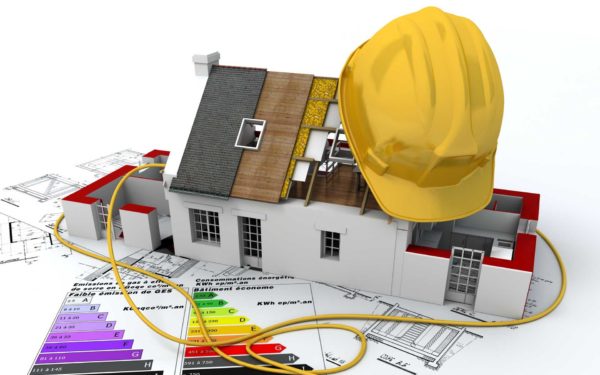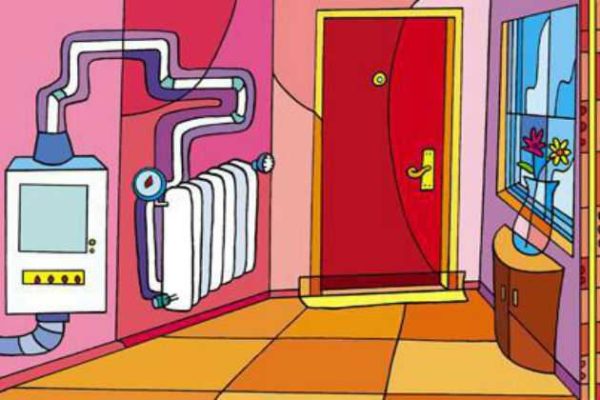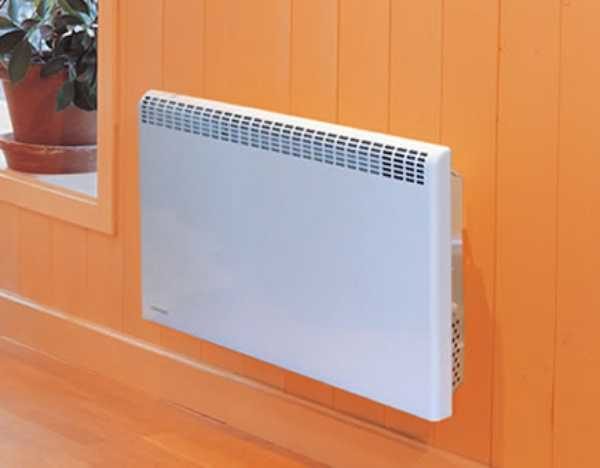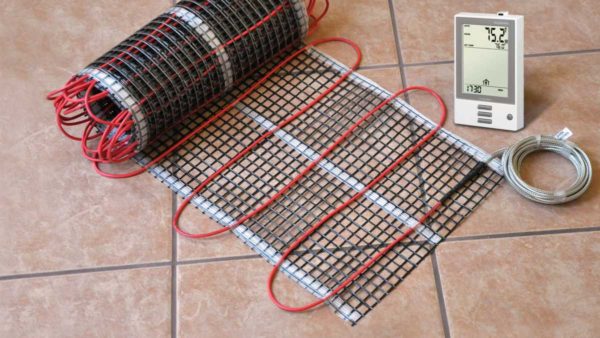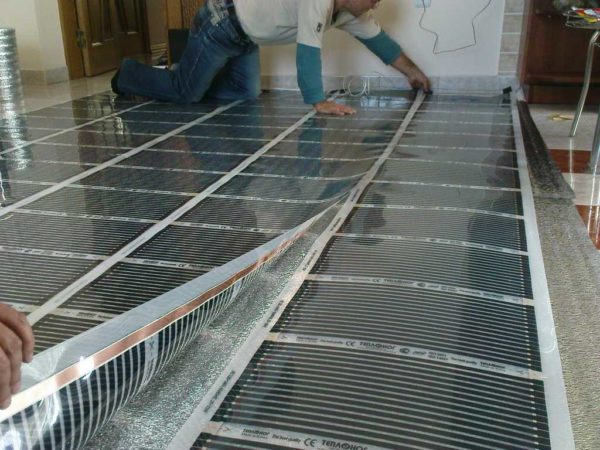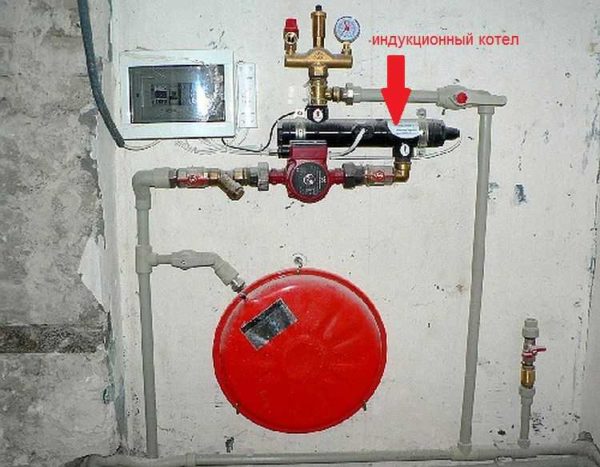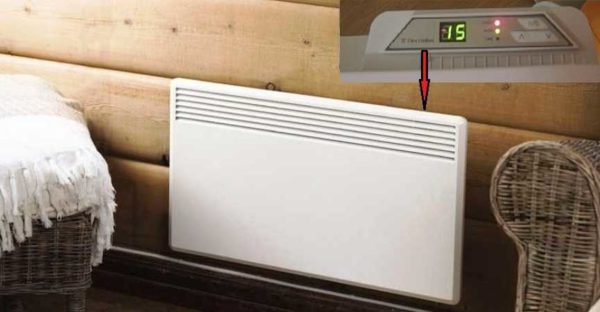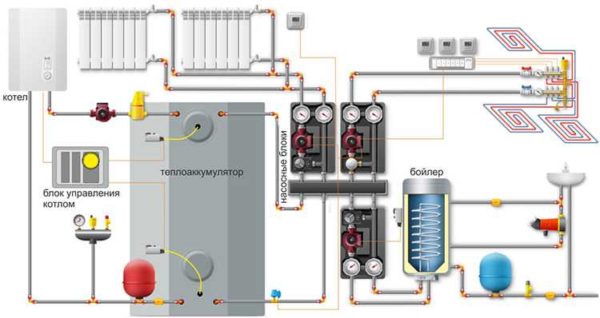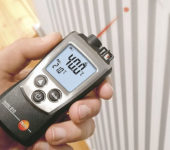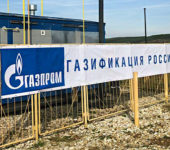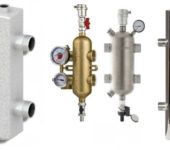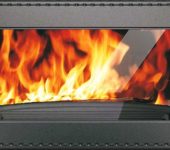How to make electric heating economical
When thinking about which heating system for a house or summer cottage to choose, they often think about the use of electricity. The advantage of this type of energy carrier is its environmental friendliness, "cleanliness" and high reliability of electric heaters. The downside is a considerable price, which is why electric heating is not the most popular heating method.
The content of the article
What can it be
Heating your home with electricity can be done in a variety of ways. Whichever type of heating you choose, its efficiency largely depends on how well the house is insulated. This issue should be given maximum time.
First of all, you need to decide on the type of system: it can be air, water and steam, you can still be heated with warm floors. Let's take a quick look at the main advantages of each of the systems.
Steam heating (not to be confused with water heating)
Steam heating is very effective, but dangerous - the temperature of heating radiators and pipes going to them is about a hundred degrees (higher or lower depends on the type of system chosen). The system is very similar to the water system, but it is more economical at the stage of arrangement: much less radiator sections are required, pipes can be taken with a smaller section.
In general, in view of the high danger, it is prohibited in public and apartment buildings, but it can be done in a private house. An electric steam boiler can be used as a heat source in this system. So this is also one of the varieties of electric heating, although it is completely unpopular.
Air
Air heating with electricity can be arranged usingconvectors or other electric heaters - ceramic heating panels, infrared radiators. These systems are good in that they immediately begin to warm the air in the room. They also attract low costs at the stage of arrangement - there is no need to build anything. We bought heaters, installed them, turned them on, and started to warm up.
The disadvantage of this heating method is active air circulation in the room (uncomfortable) and with such heating the air is dry (an installation is required to increase the humidity). Another drawback is the need for almost constant work. If electric heaters are installed with thermostats, this is not so critical, since they will turn off when the set temperature is reached. But low inertia leads to the fact that the room cools down quickly and, therefore, most of the equipment is in operation.
Among all electric heaters, infrared installations are considered more economical, but they also "draw" a decent amount of electricity. So this heating method is often used as an additional one - during severe cold weather. The second area of application is summer cottages where people live only periodically. With this mode of visits, only the necessary rooms can be heated upon arrival. In this case, the plus of this type of electric heating is that it is not afraid of freezing (only when selecting heaters, pay attention to whether they tolerate freezing).
Electric underfloor heating
This electric heating can be either additional - to increase the level of comfort, and the main one. Electric floor heaters can be different:
- heating cables (resistive and self-regulating);
- heating cable mats (easier to install);
- carbon films (with infrared radiation);
- carbon mats (not very reliable yet).
Electric heating with underfloor heating requires calculation. Like any other, it must make up for heat loss. The only difference is that the heating elements have a large area and one square meter can have very little power. More details read about calculating the power of an electric floor heating here.
This option of electric heating is suitable only for houses with permanent residence - too much time (and resources) is spent on heating the concrete slab, in which the heater is usually "packed". And this seems to be a drawback. But on the other hand, a large heated mass helps to maintain a stable temperature in the house. Another positive point: for such a stove to completely cool down, it takes several days, so temporary power outages in this case are not very scary.
Electric heating with warm floors cannot be called very economical. The amount of payment depends on the degree of insulation of the house. But it is worth remembering that you need to make an electric warm floor only in tandem with a thermostat and temperature sensors. In this case, the heaters will only turn on part of the time and the bills will be relatively small. Well, there is probably no need to say that underfloor heating is the most comfortable way of heating.
Water heating by electric boilers
In fact, this is a heating system familiar to everyone with pipes, radiators and heat carrier (water or non-freezing liquid)that circulates in the system. The only difference is that the boiler is powered by electricity. Electric boilers are of three types:
- on heating elements;
- induction;
- electrode.
Boilers on heating elements are the most common. Induction and electrode are used less often. Manufacturers (and many users) say they are more economical. There is still debate about savings, but there is no arguing about the size. An induction boiler looks like a piece of medium-diameter pipe. It takes up very little space, is easy to install, and can work offline.
With the electrode it is a little more complicated: you need to monitor the condition of the electrodes, select the composition for the coolant (usually a certain amount of salt is poured in to increase the conductivity of the water). So periodic maintenance is a necessity for such a boiler.
What type of electric heating to choose
The type of heating system is usually selected based on its purpose. It is more rational to make electric heating of a summer cottage of the air type - less installation costs, low inertia is what is required. But this is only if you do not plan to maintain a positive temperature in it all winter.
For a permanent home, electric underfloor heating or water heating is suitable. By the way, a warm floor can be made and water, but whether it makes sense when using an electric boiler, you need to think. Both of these systems have great inertia, which can be rather assessed as a plus - they cool down for a long time. The disadvantages of these systems are the high costs for the arrangement.
When installing electric floor heating under the tiles, it is necessary to lay the heating elements in the screed, and this takes a lot of time. If the flooring is laminate or linoleum (special), everything is much simpler. Electric underfloor heating under laminate (and linoleum) is laid on a flat base, on a special substrate. A laminate or a rigid base for linoleum (plywood) is mounted on top.
Water electric heating is done as standard. However, in some cases there is an opportunity to save money.
How to make water heating economical
Many regions have introduced multi-zone tariffs.If such tariffs are provided in your region, you can minimize the cost of electric heating. This will require the installation of a multi-tariff meter and a heat accumulator (TA). A heat accumulator is a large container of water. In our case, it serves to accumulate heat during the period of the “night”, cheaper tariff.
During the time that electricity is much cheaper, the water in the tank heats up to quite solid temperatures. During high tariffs, heating does not work, and the temperature in the network is maintained with the help of the heat that is accumulated in the heat accumulator. Such a system really helps to save money, but the specific result depends on the region - tariffs are very different in different regions.

